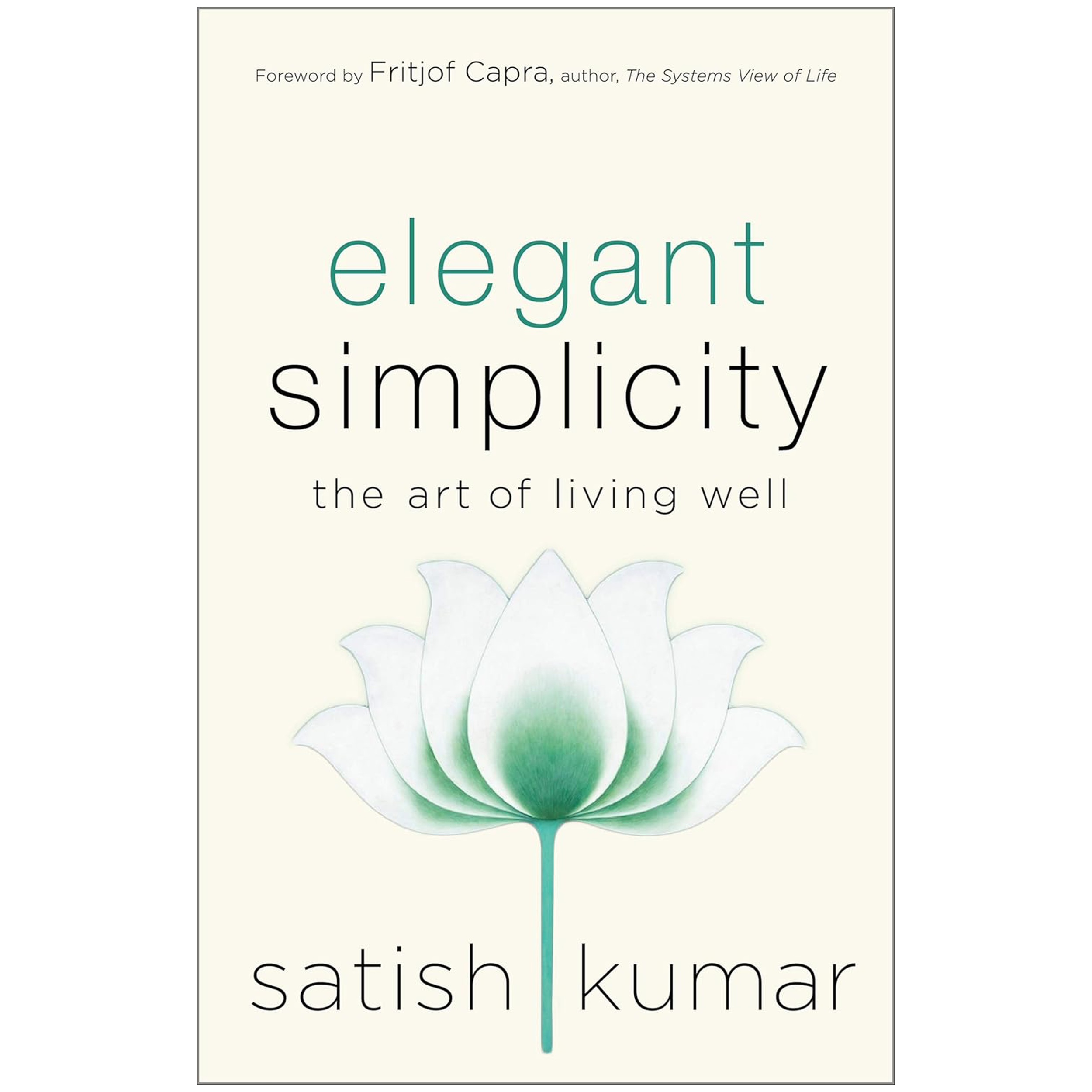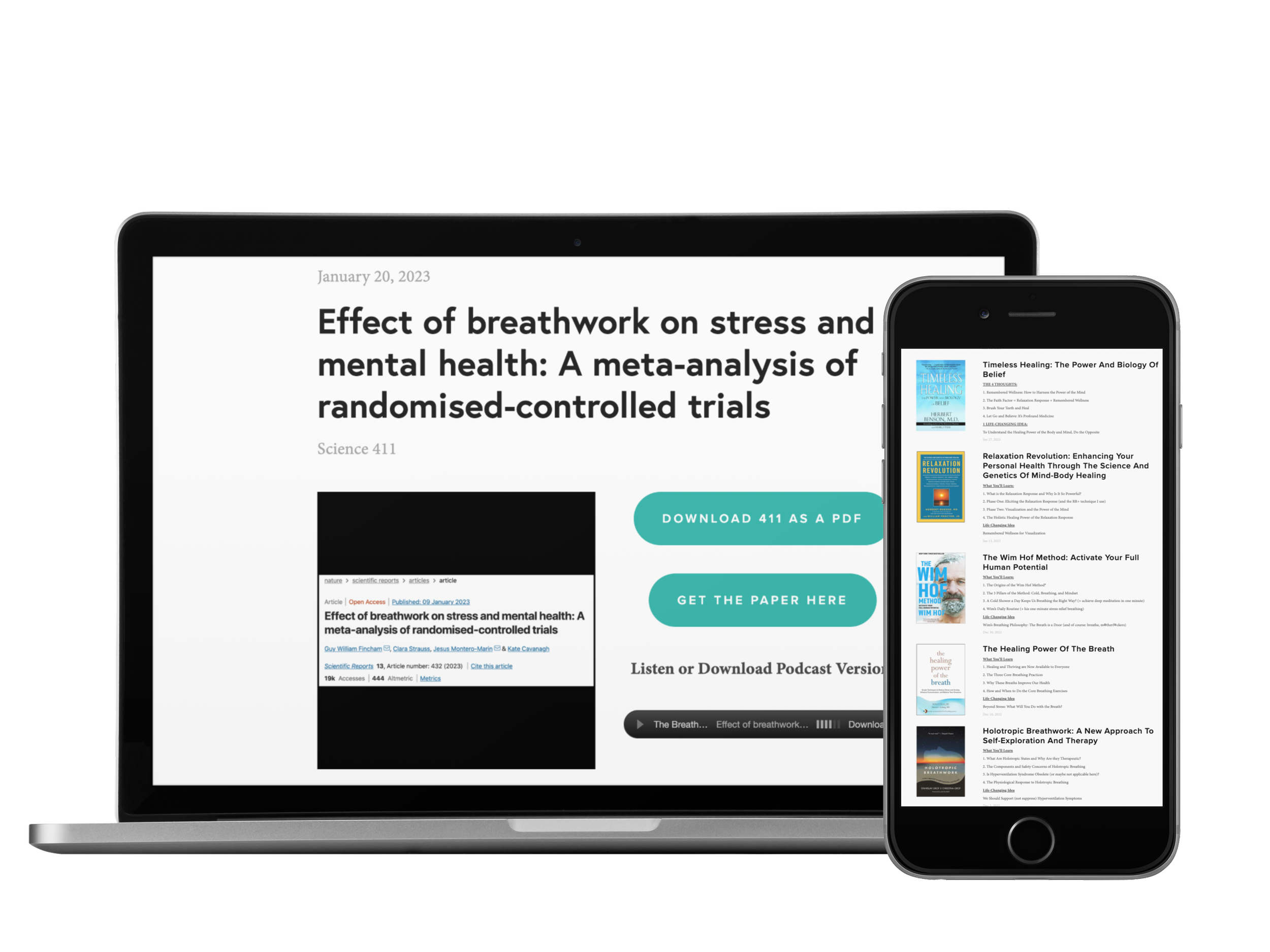Reading Time: 1 min 50 sec
I hope the next 22-ish breaths are the most nourishing of your day.
4 THOUGHTS
1. How to Synchronize Breath, Brain, and Mind
“The synchronization between respiration and slow neural activity is likely key to understanding the brain-physiology relationship…Slow rhythms thus provide a link and shared feature of respiration, neural, and mental activity serving as their ‘common currency.’”
- Goheen et al. (2023), Neuroscience Bulletin
Slow rhythms are the “common currency” of breath, brain, and mind. And since breath is the easiest one to slow on purpose, it’s the fastest way to calm the others. Breathe slowly, and the rest follows.
2. Why Breathing is a Most Important Part of Meditation
“So, the curious thing about breath is that it can be looked at both as a voluntary and an involuntary action. You can feel, on the one hand, ‘I am doing it,’ and, on the other hand, ‘it is happening to me.’ And that is why breathing is a most important part of meditation—because it is going to show you, as you become aware of your breath, that the hard and fast division that we make between ‘what we do’ on the one hand and ‘what happens to us’ on the other is arbitrary.”
– Alan Watts, Leave It Be
(transcribed from audio)
Another gem from Watts on how, with the proper framing, observing the breath becomes a gateway into a universal insight: “doing” and “being done to” are often indistinguishable.
3. How to Improve Everyone’s Well-Being
“These analyses demonstrated the potential therapeutic role of laughter-inducing interventions as a complementary strategy to improve everyone’s well-being and highlight the need for further research aiming to improve our collective sense of humor.”
- Kramer and Leitao (2023), PLOS One
I’ve shared this one before, but it’s worth revisiting: Across eight studies, they found that laughter reduced cortisol by 31.9%. So laugh more this week—and help someone else laugh too.
4. How to End Quarrels
“People forget that their lives will end soon. For those who remember, quarrels come to an end.”
- The Buddha, The Dhammapada
Amazing how, when we reflect on how short life is, most of our conflicts start looking pretty insignificant. And the few that don’t are a gift, revealing what matters most to us.
1 Quote
“Life is sustained by breath. The moment we have that sense of shared breath, a sense of relationship to the world, we have spirituality.””
1 GOOD BOOK
Elegant Simplicity by Satish Kumar
Kumar once walked 8,000 miles with no money in his pocket for a cause he believed in…crazy. That ‘be the change’ pilgrimage spirit carries through to this book. He lays out how to simplify your life—not just materially, but also mentally and spiritually, too.
In good breath,
Nick Heath, T1D, PhD
“Breathing is the compound interest of health & wellness.”
Get One of My Digital Guidebooks
The Breathing App for Diabetes
This is the first program specifically made for people with diabetes to help manage their stress through breathing and mindfulness practices. In addition to the amazing program inside the app, we have some really neat things coming up, so sign up now!
Amazon Associate Disclosure
I’ve been recommending books for almost 6 years. Yet somehow, I just discovered that I could be an Amazon affiliate [face-palm]. In any case better late than never. Now, any Amazon link you click is an affiliate link. As an Amazon Associate, I earn from qualifying purchases. So, if you’d like to support my work, buying books through these links is helpful : )
* An asterisk by a quote indicates that I listened to this book on Audible. Therefore, the quotation might not be correct, but is my best attempt at reproducing the punctuation based on the narrator’s pace, tone, and pauses.






